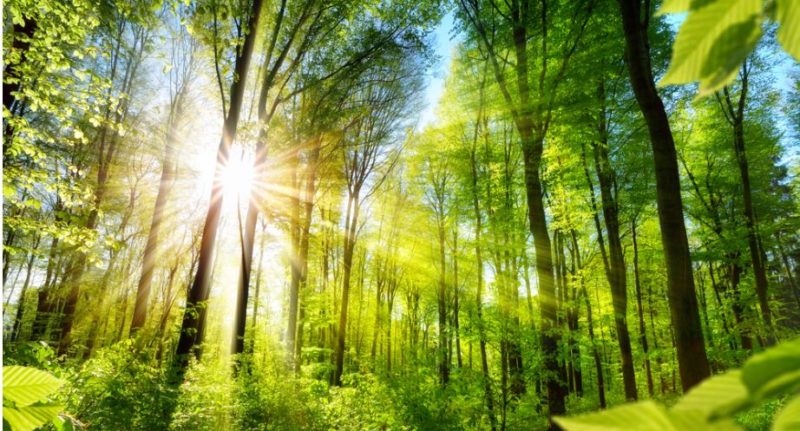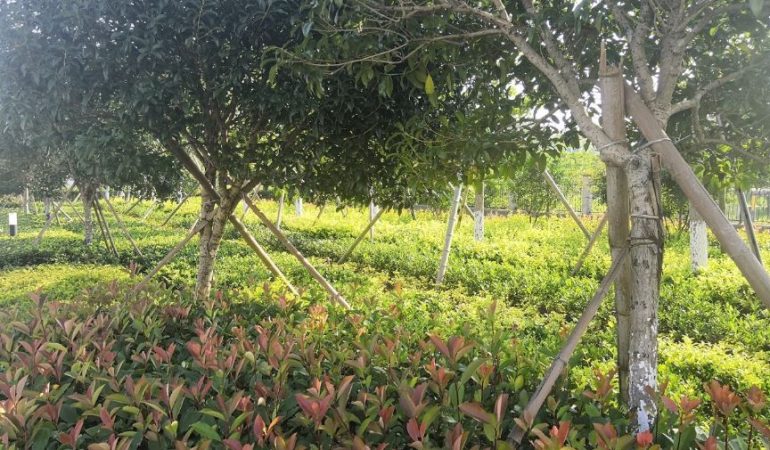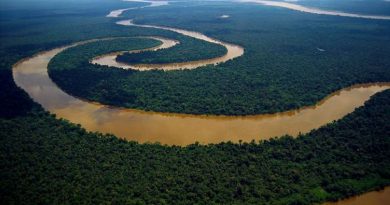Planting Trees: The Role of What, Where and How
 Time to pick the next best option
Time to pick the next best option
Just a few days after we carried our report, a visit to #teamtrees shows that the site has crossed the $12.5 million mark already. In fact, chances are that it might actually cross the 20 million tree target ($1 for every tree), well before their own deadline of Jan 1, 2020. Let’s hope that when they do, they don’t stop there.
That, along with the efforts of many other organisations, governments and individuals, are strong signals that awareness is rising fast, and people are finally moving to take urgent action. But, as always, there is a twist in the tale that you should be aware of to ensure that the effort, especially if you are a part of it, delivers. Continuing from a previous report where we had outlined some suggestions, we take the conversation a little further today.
There are three broad areas to look out for when it comes to tree planting. What, where, and How.
What refers to the type of trees being planted. A massive amount of tree plantations being done by governments, for instance, can refer to monoculture plantations, that don’t really do much for the overall biodiversity of a region. This is especially true of huge tracts where governments have planted species like Eucalyptus, Teak or others, done more for their fast-growing properties or economical value. Proper ‘wilding’ as it is called, which is the restoration of forests to their original or close to the original state, is a process that actually doesn’t require too much work, just leaving the land to its own devices. But that hardly gets anyone excited, or creates ‘work’. Thus, planting serves best when it restores trees to a place that has suffered a loss due to some reason, and that too, the same native trees that were there earlier. We have seen too many cases where trees that have been planted in afforestation drives have done nothing for the native fauna, particularly visible in the monkey menace across cities today. The situation is so bad that monkeys relocated to the Asola Bhatti Wildlife Sanctuary, a man-made forest made at the site of closed mines, are so bereft of fruit trees that the monkeys have to be fed by regular fruit supplies, or they abandon the forest in numbers to get outside for food.
Where is a very critical aspect of tree planting, something that is increasingly being asked. In the race to show numbers, there have been too many instances of people planting trees where natural grasslands exist, or worse of all, planting trees to replace wetlands that have been reclaimed or degraded. Both, grasslands, and especially wetlands, have a much more intimate connection with their ecosystems and are pretty much irreplaceable. Including by planting of ‘compensatory’ trees. In India, for instance, wetlands have been under continuous assault, in an effort to reclaim land by unscrupulous interests. Dumping of construction debris seems to be the preferred method to destroy the land, by passing it off as ‘swamps’ or marshland. In fact, till a mangrove protection committee was set up by the Bombay High Court, the swamp nomenclature, with its association with disease breeding mosquitoes and worse was misused massively to destroy wetlands across coasts in the country. Besides being a fantastic place for migratory birds due to their thriving ecosystem, the role of wetlands in flood prevention, fish breeding, controlling soil salinity and many other aspects is only understood better now, leading to a more informed effort to conserve and restore them.
The same logic applies to grasslands, which sustain their own unique ecosystems of fauna, that no amount of trees as replacement can ever fill. This is already becoming a hot button issue in the African grasslands, where the savannah sustains a complete ecosystem. Misguided activists have been pushing for a massive afforestation drive in these areas to restore the ‘balance ‘of trees, a contention that is hotly disputed as we write this.
In our cities, we regularly see storms bring down old, mature trees. There needs to be a concerted effort made to try and save these or at least replace them with a fresh planting at the same spot. A key reason for the lack of trust in government-sponsored plantation drives has been the planting of ‘replacements’ in areas that are in a completely different region.
And Finally, the How.
The right tree at the right spot is obviously the first rule of tree plantation. In recent years, areas that were considered next to impossible to restore, have also got a chance, thanks to the development of innovations like seed bombs and drones to take the theme to the most inaccessible places. Complete hillsides and other areas that were almost given up have had a second chance at recovering thanks to these methods. In urban areas, there is also the matter of providing some protection to trees in their initial growth phase, to improve survival rations. We have seen how these have varied between 5 percent to 85 percent, depending on the efforts taken to take follow on action

So there you have it. Trees are vital and they matter. And yes, they remain one of the more important options available to you to to do your bit for the environment. But it is important that you plant the right tree, in the right place and ensure its survival, for the effort to really bear fruit.




